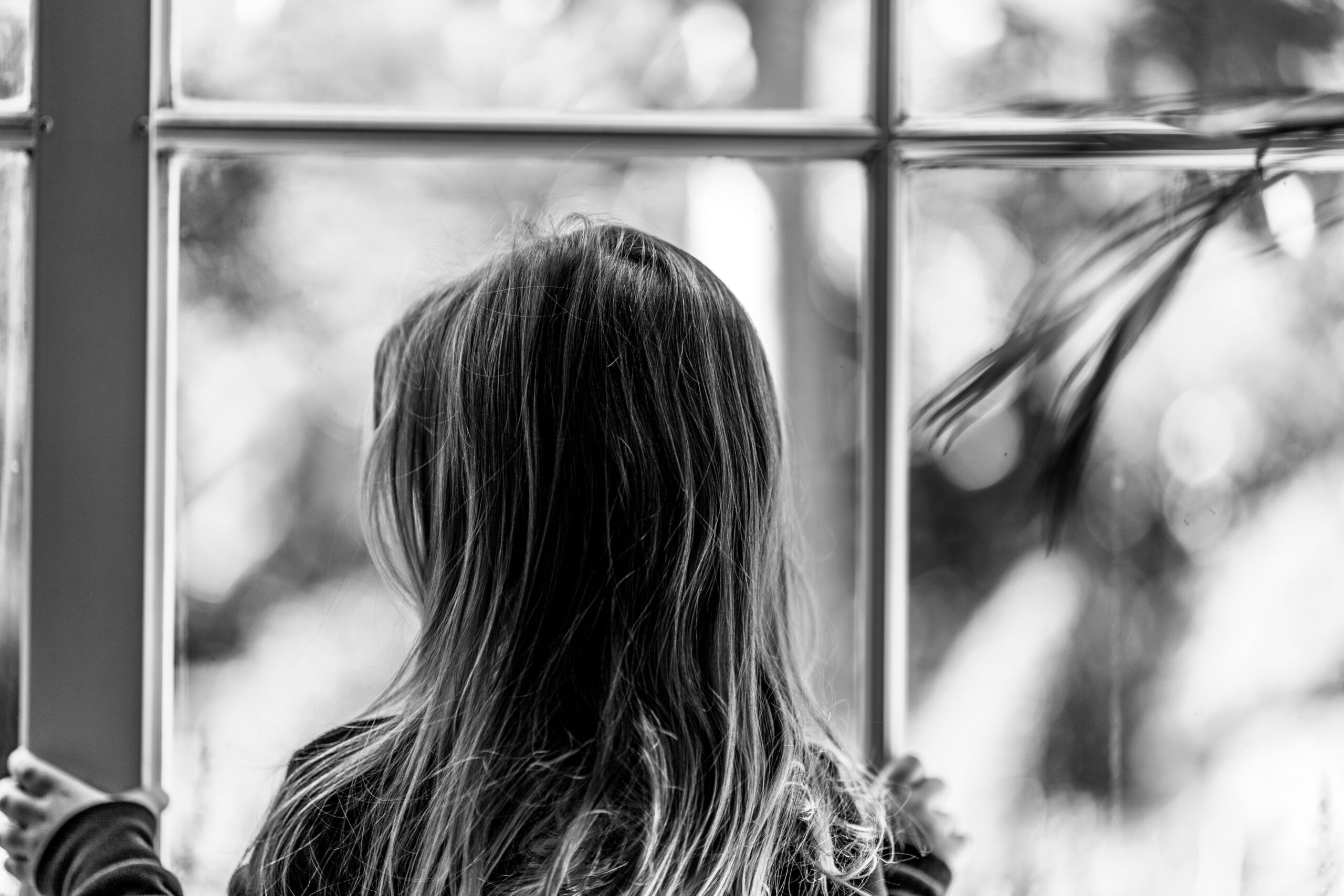The Biden administration achieved a breakthrough in mid-April by vaccinating over 50% of its total adult population. However, the Centers for Disease Control and Prevention (CDC) is still adamant in telling us that no one is out of the woods yet.
With vaccine reluctance among some 47% of Americans despite a recent spike in new cases in most states due to new COVID-19 variants that are 2.5 times more contagious than the original strain, health experts are making a louder call for mask-wearing, social distancing, and quarantine measures.
For individuals who get in close contact with individuals who are infected with COVID-19, self-quarantine is the first step to both recovery and infection prevention. This becomes more challenging if an individual who suspects he or she has the virus, lives with an entire household that can be exposed to the virus.
To keep everyone safe while one has to quarantine at home, the following steps from the Centers for Disease Control and Prevention (CDC) should be observed with great caution:
COVID-19 symptoms usually appear within a range of two to 14 days after exposure or infection. Individuals who have been exposed to someone who has COVID-19 should self-quarantine at home as follows:
- Asymptomatic individuals should self-quarantine for 10 days or seven if they tested negative of COVID-19.
- Those showing mild symptoms should self-quarantine for at least 14 days.
During the self-quarantine phase, individuals should:
- Stay in a room separate from other members of the household including pets.
- Use separate bathrooms as much as possible.
- Avoid sharing household items such as utensils, dishes, and bedsheets with others.
- Wear a face mask.
For individuals who are taking care of COVID-19 patients at home, the CDC also recommends best practices in hygiene including the cleaning and disinfection of the entire home and household items, frequent hand and soap-washing, and coughing or sneezing into your elbows.
When in self-quarantine, a patient should closely monitor their symptoms by recording their body temperatures twice daily and take note of common symptoms such as dry cough, fever, and shortness of breath. There’s always a higher chance to recover from COVID-19 through self-isolation, but if symptoms become severe, calling the nearest clinic or health facility should be made before visiting and wearing medical-grade face masks such as N95 or KN95 respirators is a must even though you may have to enter the health facilities via a separate entrance.
To purchase medical-grade American-made KN95 face masks, visit The USA Mask Company.

